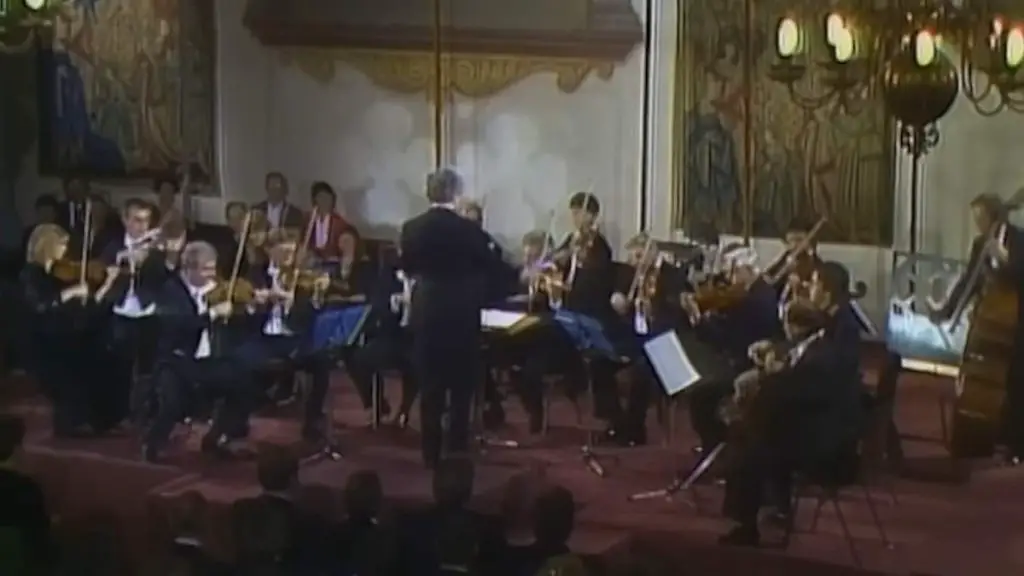Conducted by Karl Böhm, widely considered to be one of the greatest conductors of the 20th century, the Wiener Philharmoniker (Vienna Philharmonic Orchestra) performs Wolfgang Amadeus Mozart’s Eine Kleine Nachtmusik (Serenade No. 13 for strings in G major), K. 525, is a 1787 composition for a chamber ensemble. It is one of the most popular and best-loved compositions of Mozart.
Mozart’s Eine Kleine Nachtmusik (Serenade No. 13)
Mozart never published this beautiful piece in his lifetime. It was left up to his widow, Constanze, to sell in a job lot of his music to a publisher in 1799, presumably to raise much-needed cash. It saw the public light of day only in 1827, some forty years after it was written.
Although the term “serenade” originally denoted an evening song for courtship, by the late 18th century it was used broadly to describe a chamber work intended for light entertainment on a social occasion. Serenades enjoyed great popularity in south-central Europe, particularly in Vienna, where Mozart spent the last decade of his life. At that time, it was customary for ensembles to perform serenades in Vienna’s parks and gardens, and the creation of such pieces became a lucrative source of income for composers.
The work has four movements (we know that there were originally five movements of this work, rather than the four that now survive). “Eine kleine Nachtmusik” could refer to any of the four movements of the work, but commonly refers to the first movement, the Allegro, which is the most famous from the set.
- Allegro This first movement is in sonata-allegro form. It opens with an ascending Mannheim rocket theme. The second theme is more graceful and in D major, the dominant key of G major. The exposition closes in D major and is repeated. The development section begins on D major and touches on D minor and C major before the work returns to G major for the recapitulation.
- Romanze: Andante The second movement, in C major, is a “Romanze”, with the tempo marked Andante. A feeling of intimacy and tenderness remains throughout this movement. It is in rondo form, taking the shape A–B–A–C–A plus a final coda. The keys of the sections are C major for A and B, C minor for C. The middle appearance of A is truncated, consisting of only the first half of the theme. Heartz describes the movement as evoking gavotte rhythm: each of its sections begins in the middle of the measure, with a double upbeat.
- Menuetto: Allegretto The third movement, marked Allegretto, is a minuet and trio, both in 3/4 time. The minuet is in the home key of G major, the contrasting trio in the dominant key of D major. As is normal in this form, the minuet is played again da capo following the trio.
- Rondo: Allegro The fourth and last movement is in lively tempo, marked Allegro; the key is again G major. The movement is written in sonata form. Mozart specifies repeats not just for the exposition section but also for the following development and recapitulation section. The work ends with a long coda.
Sources
- Eine kleine Nachtmusik on Wikipedia
- Eine kleine Nachtmusik on Britannica
- Mozart – Eine Kleine Nachtmusik on Classic Fm
